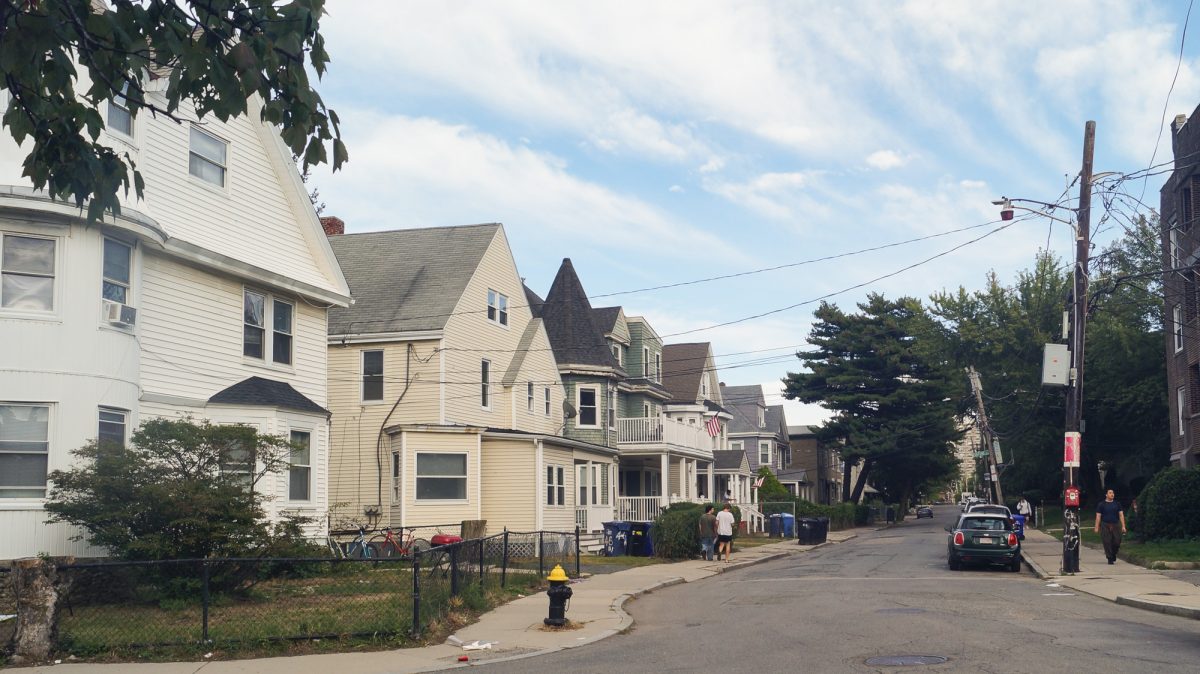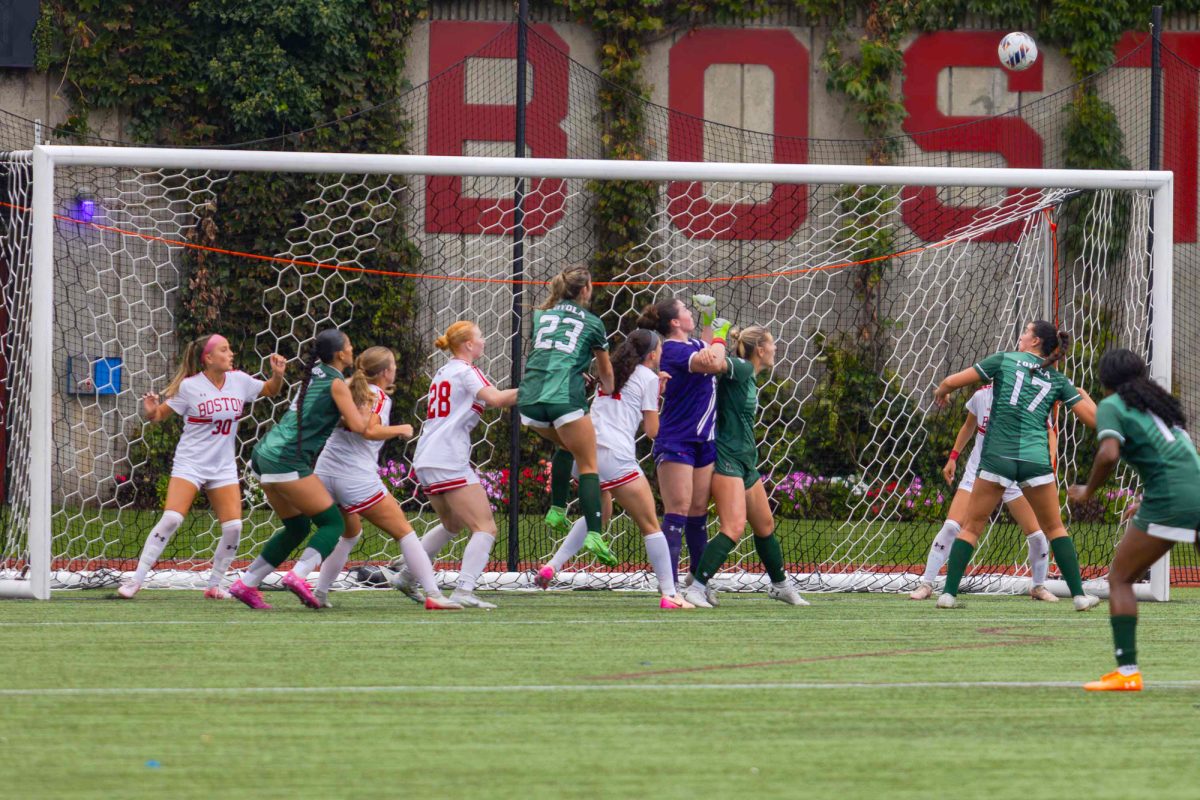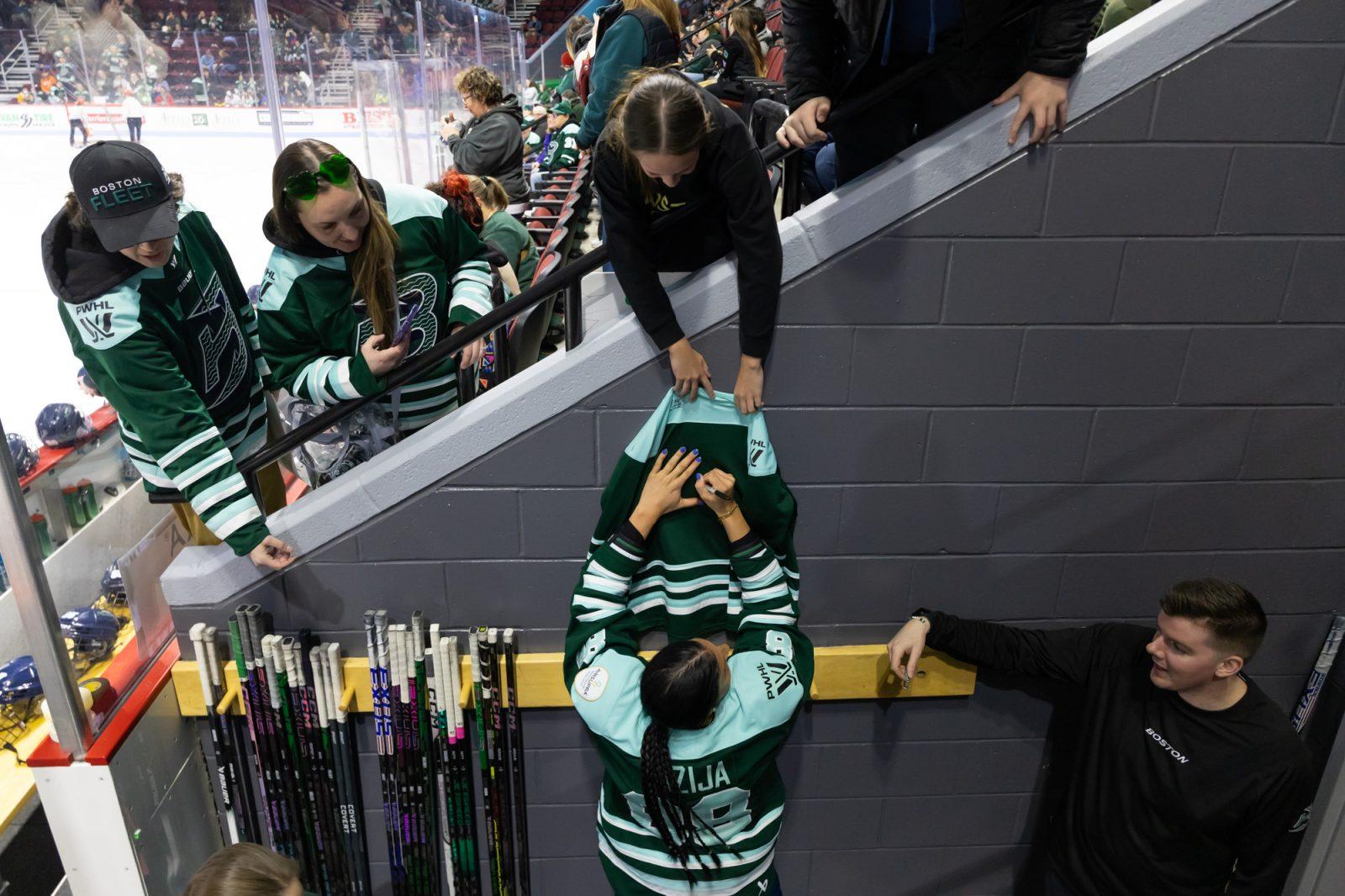The National Hockey League has agreed on its financial logistics for the 2020-21 season. With that settled, the NHL and the NHL Players’ Association can now focus their energy on hammering out schedule details for the upcoming campaign.
The league is pushing for opening up the season Jan. 13 and getting in 56 games. Both sides are hopeful their plan will be made official by the end of the week, according to updates from ESPN.
One aspect of the new campaign the NHL has been tinkering with during this offseason is which teams will be in each division. With the goal of limiting travel as much as possible, realigning the divisions is a necessity if the league wants to put together a season.
The NHL knows the seven Canadian teams pose an interesting facet to its restart. With travel restrictions still in place between the United States and Canada, it is crucial the Canadian teams make up their own division. The Toronto Maple Leafs, Montreal Canadiens, Ottawa Senators, Winnipeg Jets, Edmonton Oilers, Calgary Flames and Vancouver Canucks will all get to know each other very well.
It would also be an easy decision to place the organizations at the western end of the United States into one concentrated slot. The Vegas Golden Knights, Arizona Coyotes, Anaheim Ducks, Los Angeles Kings, San Jose Sharks, Dallas Stars and Colorado Avalanche would make an obvious division.
After those two divisions, realigning teams is not quite as straightforward.
If the league wanted an Eastern portion, the Boston Bruins, New York Islanders, New Jersey Devils and New York Rangers are absolutes.
The NHL could then create a Central division that includes the Chicago Blackhawks, Detroit Red Wings, Columbus Blue Jackets, St. Louis Blues, Minnesota Wild and Nashville Predators. Those teams would make geographical sense.
Unfortunately, that scenario would leave the Pittsburgh Penguins, Philadelphia Flyers, Washington Capitals, Buffalo Sabres, Florida Panthers, Carolina Hurricanes and Tampa Bay Lightning in no man’s land.
The NHL’s problem with realignment is that the Canadian and Western teams make their divisions very simple. There are many teams that play in cities with not-so-obvious American division partners.
Not to mention, with the seven Canadian and seven Western teams practically set, that leaves 17 organizations needing placement. That is an issue in and of itself.
No matter how the league breaks this down, there would be nine teams in one of these divisions and eight in the other. That will lead to a competitive imbalance.
Unfortunately, there is nothing the NHL can do about that. It will need to make the Canadian and Western divisions that way. Now, that still leaves the NHL with its American geography dilemma.
Which teams should go where? It is by no means a clear call.
One idea is instead of going by Eastern and Central divisions, the NHL could implement a Southeast and Northeast division. The eight teams in the Southeast would be the Predators, Hurricanes, Lightning, Panthers, Capitals, Devils, Blues and Blue Jackets.
Now it does look rather odd to include Columbus and New Jersey in this category, but by NHL standards, those two organizations would make sense in this lineup. The other option would be putting in the Penguins and Flyers, but those two teams fit naturally in the Northeast slot.
Remaining for the Northeast would be the Bruins, Sabres, Rangers, Islanders, Blackhawks, Red Wings, Penguins, Flyers and Wild. Again, it is odd Minnesota, Detroit and Chicago would be aligned here. But the league cannot create a perfect combination for these two divisions.
If the NHL wanted to, and deemed it a priority, it could definitely study a map of the U.S. and determine which teams to put in these specific divisions. The league could calculate the miles between certain cities and determine the combinations that would lead to the least amount of travel.
However, there will be gripes about realignment regardless of the decision. The league is not at all structured to have balanced divisions of solely American teams.
This realignment predicament is by no means the most important problem for the NHL to solve this year. It still needs to hammer out details, such as travel and testing protocols. But, which teams play one another is still an important issue, and the league will have to make a decision on that in the coming weeks.
The good news, however, is the NHL is finally having productive conversations about getting the season underway.
Categories:
Off the Post: Realigning the NHL is not as simple as it sounds
By Chad Jones
•
December 10, 2020
1
0
Tags:
- Anaheim Ducks
- Arizona Coyotes
- Boston Bruins
- Buffalo Sabres
- Calgary Flames
- Carolina Hurricanes
- Chad Jones
- Chicago Blackhawks
- Colorado Avalanche
- Columbus BL
- Dallas Stars
- Detroit Red Wings
- Edmonton Oilers
- Florida Panthers
- Las Vegas Golden Knights
- Los Angeles Kings
- Minnesota Wild
- Montreal Canadiens
- Nashville Predators
- National Hockey League
- New Jersey Devils
- New York Islanders
- New York Ranagers
- Ottawa Senators
- Philadelphia Flyers
- Pittsburgh Penguins
- San Jose Sharks
- St. Louis Blues
- Tampa Bay Lightning
- Toronto Maple Leafs
- Vancouver Canucks
- Washington Capitals
- Winnipeg Jets
More to Discover



























































































































Billy D • Dec 10, 2020 at 8:34 am
It is rather simple, and they’ve already suggested how it would work. The Florida teams always have to travel, so they are not taking on anything extra. The only team that definitely has a gripe is St Louis for having to be in the Pacific/West. Detroit had to do that for decades. St Louis will get over it for one season. Dallas could be argued to have a gripe if you don’t look at them in the same light as the Florida teams but refer back to my St Louis rebuttal. Easy peasy. At least they wouldn’t be as stupidly arranged as baseball.